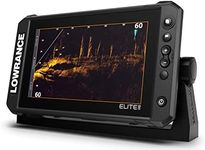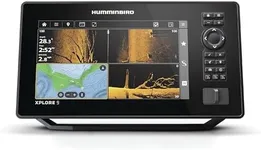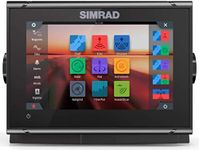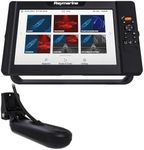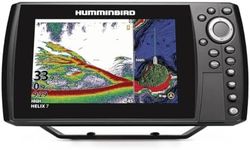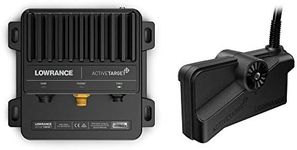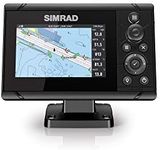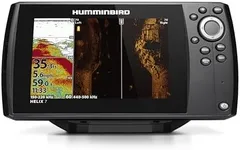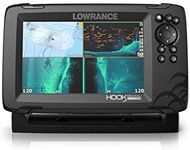Buying Guide for the Best Fish Finders
Choosing the right fish finder can make your fishing trips much more successful and enjoyable. A fish finder uses sonar technology to help you locate fish underwater, showing you what’s beneath your boat or along the shore. When picking a fish finder, it’s important to think about where and how you’ll be fishing, as well as what features will actually help you find more fish. Understanding the main specifications will help you make a choice that fits your needs and makes your fishing experience better.Display Size and ResolutionThe display size refers to how big the screen is, while resolution is about how clear and detailed the images on the screen appear. A larger, higher-resolution display makes it easier to see fish, structures, and depth readings, especially in bright sunlight or from a distance. Small screens (under 4 inches) are more portable and suitable for kayaks or small boats, but can be harder to read. Medium screens (4-7 inches) offer a good balance for most users, while large screens (over 7 inches) are best for those who want maximum detail and often fish in groups. Choose a display size and resolution that matches your boat size, eyesight, and how much detail you want to see.
Sonar TypeFish finders use different types of sonar, such as traditional, CHIRP, down imaging, and side imaging. Traditional sonar gives basic depth and fish location, while CHIRP sonar provides clearer, more detailed images by using a range of frequencies. Down imaging shows detailed pictures directly below your boat, and side imaging scans to the sides for a wider view. If you fish in shallow or clear waters, down or side imaging can help you spot fish hiding near structures. For deeper or murkier waters, CHIRP sonar is often more effective. Think about where you fish most often and pick a sonar type that matches those conditions.
Depth CapabilityDepth capability tells you how deep the fish finder can scan underwater. Shallow water models might only reach 200-300 feet, while more advanced units can scan over 1,000 feet. If you fish in lakes, rivers, or near the shore, a lower depth capability is usually enough. For deep-sea or offshore fishing, you’ll need a fish finder with a higher depth range. Match the depth capability to the typical waters you fish in to ensure you’re not missing out on fish that are deeper down.
GPS and Mapping FeaturesSome fish finders come with built-in GPS and mapping features, which let you mark fishing spots, navigate safely, and create custom maps of the water. GPS is especially useful if you fish in large lakes or unfamiliar waters, as it helps you return to productive spots and avoid hazards. If you like exploring new areas or want to keep track of your favorite locations, look for a fish finder with GPS and mapping. If you only fish in small, familiar spots, you might not need these features.
Transducer CompatibilityThe transducer is the part of the fish finder that sends and receives sonar signals. Some fish finders come with a transducer, while others require you to buy one separately. Compatibility matters because different transducers offer different frequencies and scanning abilities. Higher frequencies give more detail but less depth, while lower frequencies reach deeper but with less detail. Make sure the fish finder you choose works with a transducer that fits your fishing style and the waters you fish in.
Portability and Mounting OptionsFish finders can be portable or fixed-mount. Portable units are easy to move between boats or use from the shore, making them great for kayaks, canoes, or rental boats. Fixed-mount units are installed on your boat and are usually larger and more powerful. Consider how and where you’ll use your fish finder—if you need flexibility, go for a portable model; if you have a dedicated fishing boat, a fixed-mount might be better.

